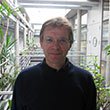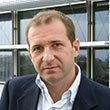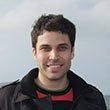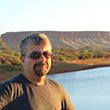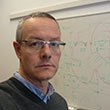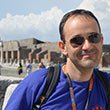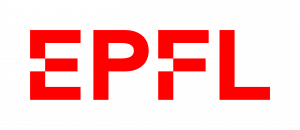Course instructors
Alan Howling
Alan Howling obtained a Master in the Science and Application of Electric Plasmas at Oxford University, with his doctoral work at Culham Laboratory. In 1989, he co-founded the Industrial Plasma Applications group with Dr. Hollenstein. He is currently a se…
Prof. Ambrogio Fasoli
After obtaining his PhD at EPFL with a thesis on chaos in plasmas, Prof. Fasoli moved to JET in 1993 to investigate burning plasma physics and participate in the fusion power record experiments. In 1998 he joined the MIT Physics Department as Assistant Pr…
Prof. Christian Theiler
Christian Theiler obtained his master’s degree in physics from ETH Zurich and his PhD from EPFL. After a two-year postdoctoral research position at MIT’s Alcator C-Mod tokamak, he returned to EPFL as a EUROfusion fellow. In July 2016, he has been named Te…
Duccio Testa
Duccio Testa earned his master’s degree in Physics at the University of Torino, Italy, and his PhD at Imperial College, London. After four years as a post-doctoral fellow at MIT, he joined EPFL where he now mostly works on experimental plasma physics, wit…
Jean-Philippe Hogge
Jean-Philippe Hogge received the M.S. and Ph.D. degrees in physics from EPFL. He spent then two years at MIT as a post-doctoral fellow and is now permanently employed at CRPP. His domain of expertise covers mainly the development of high power microwave s…
Prof. Paolo Ricci
Paolo Ricci earned his master’s degree in Nuclear Engineering at the Politecnico di Torino and his doctoral studies were conducted at the Los Alamos National Laboratory. He spent two-and-a-half years as a postdoctoral researcher at Dartmouth College. In 2…
Prof. Ivo Furno
Ivo Furno earned his master’s degree in nuclear engineering at the Politecnico di Torino, Italy and his Ph.D. from the EPFL. He was postdoctoral fellow at Los Alamos National Laboratory. Today he’s Adjunct Professor at EPFL leading the Basic Plasma Physic…
